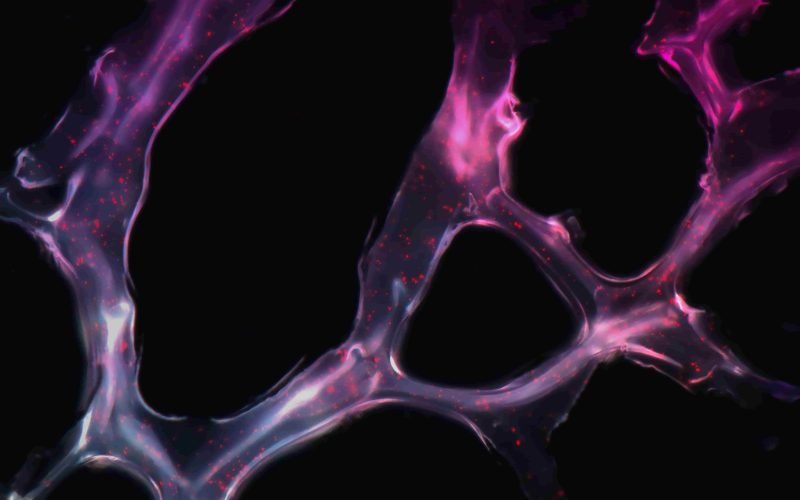In recent years, there has been increasing concern about the potential risks of face creams and cancer. With numerous products available on the market, it’s essential to understand the ingredients and their potential effects on our health. This article explores the link between face creams and cancer, examining harmful ingredients, safer alternatives, and ways to protect your skin while staying informed.
The Ingredients to Watch Out For
- Parabens:
- Use and Function: Parabens are commonly used as preservatives in cosmetics to prevent the growth of bacteria and mold. However, their safety has been questioned due to their potential to mimic estrogen in the body, which can disrupt hormonal balance.
- Potential Risks: Studies suggest that parabens may be linked to breast cancer, as they have been found in breast tissue samples. Consequently, it’s advisable to opt for paraben-free products whenever possible.
- Formaldehyde-Releasing Preservatives:
- Use and Function: Ingredients like DMDM hydantoin and quaternium-15 release formaldehyde, a known carcinogen, to preserve cosmetics.
- Potential Risks: Prolonged exposure to formaldehyde can lead to cancer, particularly in cases of frequent, long-term use of products containing these preservatives.
- Phthalates:
- Use and Function: Phthalates are used to enhance the texture and flexibility of products. They are often found in fragrances, which means they might not always be listed on the label.
- Potential Risks: Phthalates are endocrine disruptors, potentially leading to reproductive issues and increased cancer risk. Therefore, choosing phthalate-free products is a safer option.
Understanding the Science Behind the Risks
The link between face creams and cancer largely depends on the ingredients used and their concentrations. Many chemicals can be safe in small amounts but harmful with prolonged or excessive exposure. The following points delve deeper into the science behind these risks:
- Hormonal Disruption:
- Mechanism: Ingredients like parabens and phthalates can mimic hormones in the body, disrupting the endocrine system.
- Impact: This hormonal disruption can lead to increased cancer risk, particularly hormone-related cancers such as breast cancer.
- Carcinogenic Compounds:
- Mechanism: Compounds like formaldehyde are classified as carcinogens by health organizations, meaning they have the potential to cause cancer.
- Impact: Regular use of products containing carcinogenic compounds can increase the risk of developing cancer over time.
Choosing Safer Alternatives
While the potential risks of face creams and cancer are concerning, there are ways to protect your skin and health by choosing safer alternatives. Here are some tips:
- Opt for Natural and Organic Products:
- Benefits: Natural and organic products often contain fewer harmful chemicals and synthetic ingredients. Look for products with certifications such as USDA Organic or ECOCERT.
- Examples: Brands like Dr. Bronner’s, Burt’s Bees, and Juice Beauty offer natural and organic skincare options.
- Read Labels Carefully:
- Importance: Understanding and recognizing harmful ingredients can help you make informed choices.
- Tips: Look for products labeled “paraben-free,” “phthalate-free,” and “formaldehyde-free.”
- DIY Face Creams:
- Benefits: Making your own face creams allows you to control the ingredients and ensure they are safe and natural.
- Ingredients: Common DIY ingredients include shea butter, coconut oil, essential oils, and aloe vera.
How to Protect Your Skin
Even with safer products, it’s crucial to adopt a holistic approach to skincare to minimize the potential risks of face creams and cancer. Here are some additional tips:
- Patch Testing:
- Why: Performing a patch test helps identify any potential allergic reactions or irritations before applying a product to your entire face.
- How: Apply a small amount of the product to a discreet area of your skin and wait 24-48 hours to check for any adverse reactions.
- Regular Skin Check-Ups:
- Why: Regular visits to a dermatologist can help monitor your skin’s health and catch any issues early.
- How: Schedule annual check-ups and consult your dermatologist if you notice any unusual changes in your skin.
- Sun Protection:
- Importance: Protecting your skin from UV damage is crucial, as sun exposure can increase the risk of skin cancer.
- Tips: Use a broad-spectrum sunscreen with at least SPF 30 daily, even on cloudy days.
The Role of Regulatory Bodies
Regulatory bodies play a significant role in ensuring the safety of cosmetic products. However, the regulations can vary by country, and it’s essential to stay informed about the standards in your region:
- United States:
- FDA: The FDA oversees the safety of cosmetics, but unlike drugs, they do not require pre-market approval. This means consumers must be vigilant about the ingredients in their products.
- European Union:
- EU Regulations: The EU has stricter regulations, banning or restricting over 1,300 chemicals from cosmetics. Products sold in the EU are generally considered safer due to these stringent standards.
- Global Harmonization:
- Importance: Efforts are ongoing to harmonize cosmetic safety regulations globally, ensuring safer products for consumers worldwide.
Conclusion
Understanding the potential risks of face creams and cancer is essential for making informed choices about your skincare routine. By being aware of harmful ingredients, opting for safer alternatives, and taking proactive steps to protect your skin, you can enjoy the benefits of face creams without compromising your health. Always stay informed, read labels carefully, and consult with a dermatologist to ensure your skincare products are safe and effective. Embrace a safer skincare routine and enjoy the confidence that comes with knowing you are taking the best possible care of your skin.





